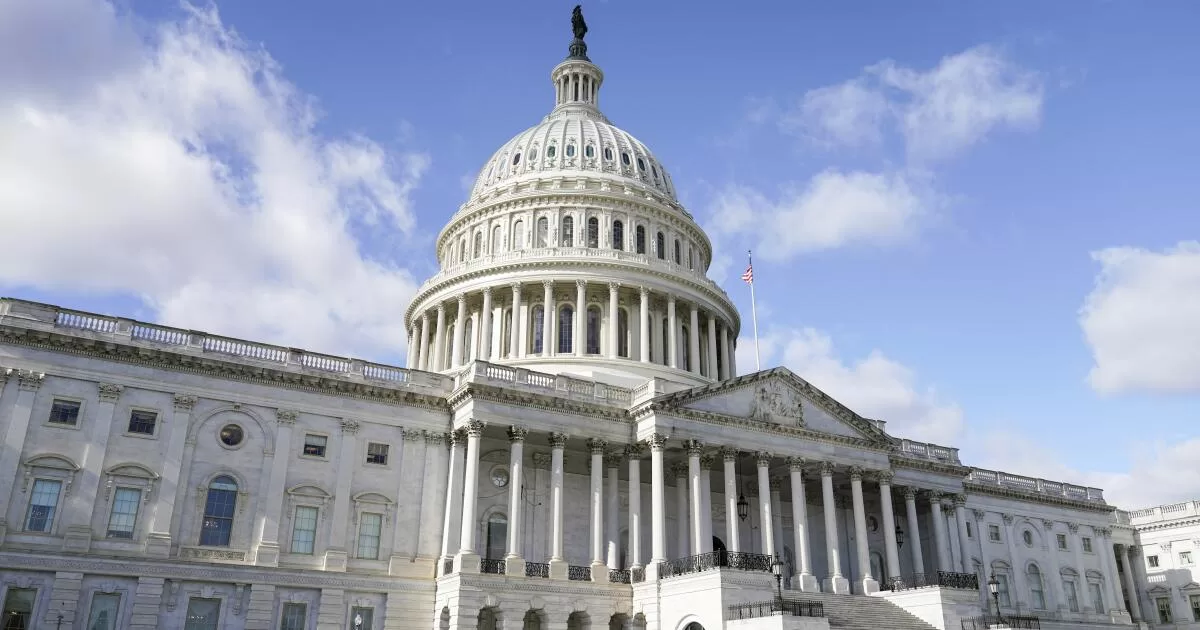The Orange County Transportation Authority received a $1-million grant to conduct environmental site assessments and clean up its 18.78-acre OC Connect site in Garden Grove and Santa Ana, which is thought to be contaminated by an old railway and industrial waste. Part of the site is being considered for a future biking and hiking trail that would run along the former Pacific Electric right-of-way corridor, connecting the two cities’ downtowns and linking to the Santa Ana River Trail and the countywide OC Loop bikeway.
A $1.5-million grant will go to the Orange County Council of Governments, which will work with the cities of Anaheim, Orange, Santa Ana and Garden Grove and the nonprofit housing organization NeighborWorks Orange County to review and assess brownfield sites, gather community input and develop plans to clean up contaminated parcels.
The OCCOG will focus much of its attention on three culturally diverse, mixed-income neighborhoods where residents face shortages of affordable housing and quality healthcare, and are disproportionately threatened by pollution: East Anaheim; Orange’s Marlboro neighborhood; the International West and Harbor Boulevard neighborhoods in Garden Grove; and Santa Ana’s Harbor Boulevard neighborhood.
The council has already identified three sites of interest — a 2.2-acre former metals manufacturing facility, a 10,000-square-foot vacant restaurant building and a 1.4-acre site that used to be home to a furniture manufacturer.
NeighborWorks Orange County, which has offered home-buyer education, homeowner resources and lending realty services since 1977 and has experience collaborating with local governments, will lead the brownfield assessments and study some parcels as possible locations for affordable housing construction, its president and chief executive, Helen O’Sullivan, said.
“If we can do something to make that land available and safe for us to build on affordably, then we’re going to want to include that in the assessment process and then work with the cities to plan on that,” O’Sullivan said.
This is the first time that the OCCOG has received a federal grant to study and plan for the cleanup of polluted properties in Orange County, Executive Director Marnie O’Brien Primmer said.
But it wouldn’t be the first time that cities in the region have transformed idle, previously polluted land into housing. In 2001, the Anaheim Redevelopment Agency spearheaded the purchase and cleanup of the site of a former Kwikset Corp. metal-plating plant that left behind petroleum, volatile organic compounds, polychlorinated biphenyls, lead and other toxins. That effort paved the way for the construction of a housing complex with more than 300 units and an adjacent recreational space.
The City of Carson received its own $500,000 grant to conduct environmental site assessments in three census tracts where residents disproportionately have been affected by climate change, pollution, a lack of affordable housing, healthcare, clean water and effective wastewater systems. Two parcels will get top priority — a former gas station and a former landfill where an auto auction facility stands.
“Brownfield sites have long been a burden on our communities, and this funding will help to clean up these areas and revitalize them into thriving community assets that help attract jobs and enhance the quality of life for residents,” U.S. Representative Nanette Diaz Barragán (D-San Pedro), who represents California’s 44th Congressional District, which includes Carson, said in a statement.
The EPA’s Brownfields Program started in 1995 to remove toxic waste from blighted properties to get the land ready for new uses. Its funding has increased thanks to a $1.5 billion infusion from the Bipartisan Infrastructure Law and President Biden’s Justice40 Initiative , whose goal is to direct more federal dollars to communities that are beset by underinvestment and pollution.
